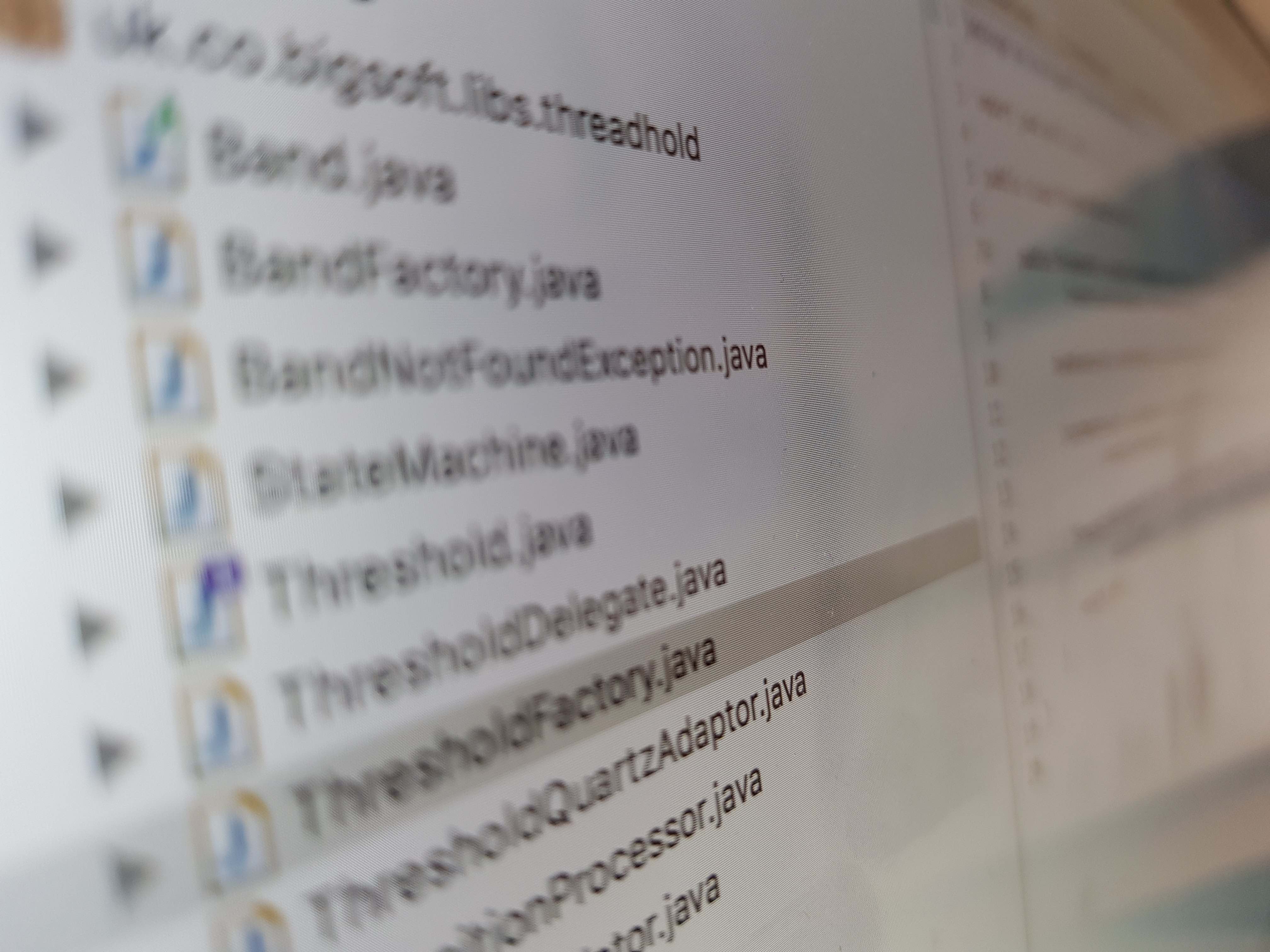White is such a strong colour to spend all day staring at. The default background for a Window's desktop is system white. Almost all applications use the system background for their background - I suppose that's what it's for! I prefer a softer colour for mine. So, if you think white is too harsh then try this soft blue: R:196 G:234 B:253 - and see how much more relaxing the screen can be.
KDE and Gnome have it right they start with a couple of soft pastel colours.
If you read a lot of Java API documentation then you will see that the page is actually coloured white so changing the system backdrop won't change it. I prefer a soft green for my bed time reading. You can change the colour my editing the documentation style sheet.
The style sheet is located in: DocRoot/api/stylesheet.css
Edit the file to change the colours from white in the body to slightly dark green:
body { background-color: #668866 }
Edit the file to change the colours from white in the body to slightly lighter green:
TableRowColor { background: #779977 }
And then sit back to enjoy a more pleasant user experience.
